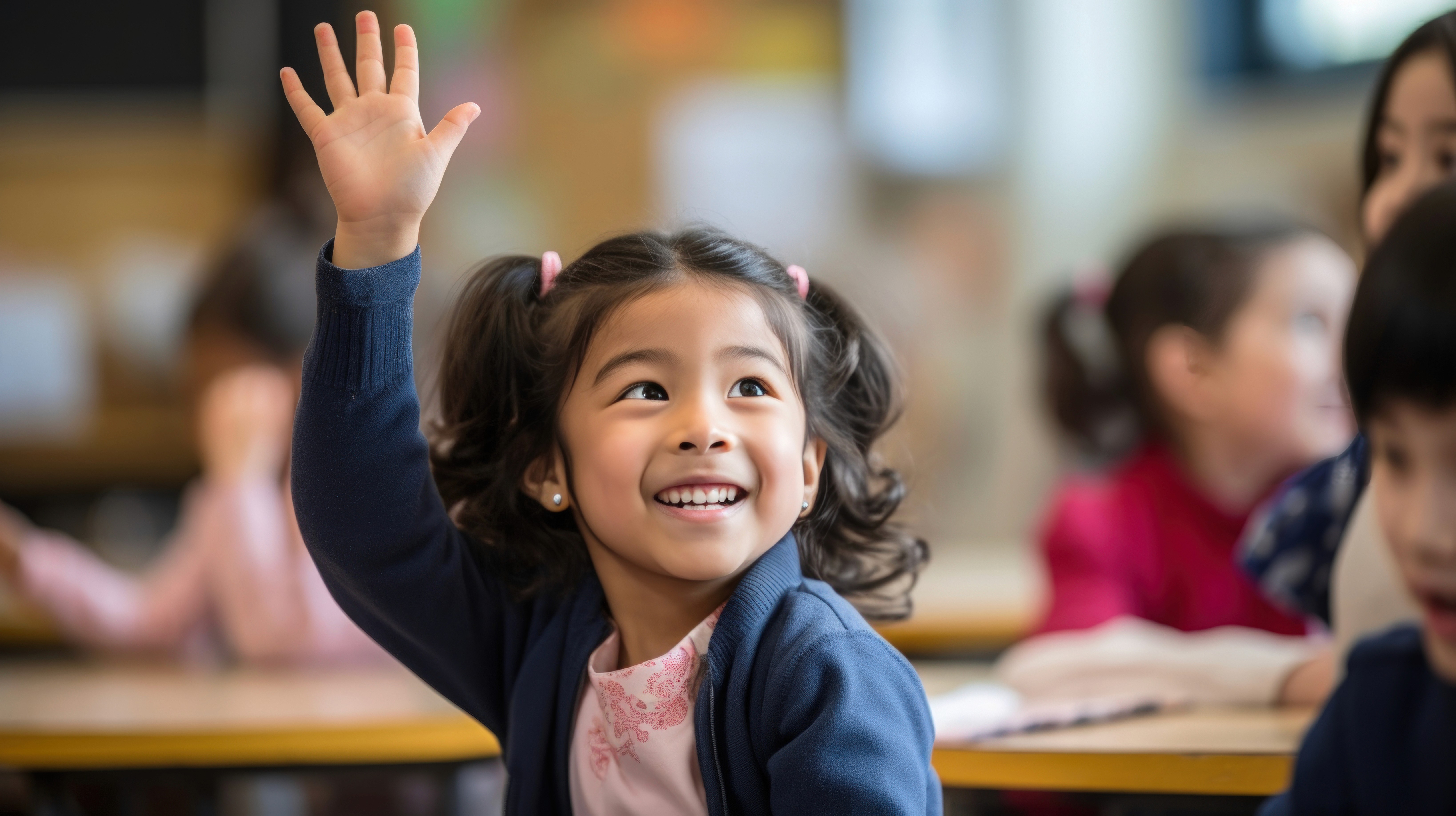Home
Understanding the Montessori Method: A Comprehensive Guide
The Montessori Method fosters independence, curiosity, and holistic development by providing a child-centered, hands-on learning environment.
Written By

nebula
Date
30 Nov 2024
Category
Montessori 101
Length

What is the Montessori Method?
The Montessori Method is based on the belief that children are naturally curious, capable learners who thrive when given the freedom to explore at their own pace. Unlike traditional teaching methods, the Montessori approach doesn’t rely on lectures or rigid curricula. Instead, it focuses on providing an environment that encourages self-directed learning, where children are free to choose activities that match their developmental stage and interests.
As Maria Montessori once said, “The child is both a hope and a promise for mankind.” This reflects the deep respect the Montessori approach holds for the potential within each child and its goal of fostering independence, creativity, and a lifelong love for learning.
Key Principles of the Montessori Method
Respect for the Child
At the core of Montessori education is the respect for the child as an active participant in their own development. This respect is expressed in the way guides interact with children—allowing them to make choices, express themselves, and develop their own problem-solving skills. As Montessori herself said, “Never help a child with a task at which he feels he can succeed.”
Prepared Environment
The learning space in a Montessori classroom is carefully designed to encourage exploration and independence. Materials are placed at the child’s level, allowing them to freely choose what they want to engage with. The classroom is organized in a way that promotes order and accessibility, fostering a sense of responsibility and autonomy.
Learning Through Discovery
Montessori classrooms are designed to promote hands-on learning. Children are encouraged to manipulate physical objects, which aids in their cognitive development and understanding of abstract concepts. For instance, when learning about math, children use tangible materials like beads and rods to understand numbers and operations. This aligns with Maria Montessori’s belief that “The hands are the instruments of man’s intelligence.”
Mixed-Age Groups
One unique feature of Montessori education is the use of mixed-age classrooms, often spanning a 3-year age range. This structure promotes peer learning, where older children help younger ones, reinforcing their own knowledge while cultivating empathy and leadership skills. It mirrors the natural social environment, allowing for a deeper connection and understanding between children of different developmental stages.
Child-Centered Learning
The Montessori method is deeply rooted in the idea that children are capable of directing their own learning. Rather than a one-size-fits-all approach, Montessori education is tailored to each child’s individual pace and interests. Guides observe and support, but do not dictate. They create a safe space for the child to discover the world around them. As Montessori expressed, “The greatest sign of success for a guide is to be able to say, ‘The children are now working as if I did not exist.’”
The Role of the Guide
In the Montessori classroom, the guide acts as a facilitator rather than a traditional instructor. Guides are trained to observe children closely, understanding their needs, interests, and developmental stages. They offer support and resources but allow children the space to explore and learn at their own pace. As Maria Montessori stated, “The guide must derive from the child the means of his own education.”
The guide’s role is crucial in creating an environment that fosters independence, curiosity, and a love of learning. Montessori educators are trained not only in the academic aspects of the method but also in the philosophy of respecting each child’s individuality and growth.
The Impact of Montessori on Child Development
Montessori education has been shown to have a positive impact on children’s social, emotional, and cognitive development. Research has indicated that Montessori students often perform as well or better than their peers in traditional schools, especially in terms of creativity, problem-solving, and social skills. The Montessori Method emphasizes self-discipline, responsibility, and a love for learning, which can have lasting effects throughout a child’s life.
Maria Montessori’s words continue to guide us in our mission at nebula montessori: “It is not what the guide does that counts, but what the child does.” This reflects the belief that learning is an active process, where children construct knowledge through experience rather than passively receiving information.
Conclusion
The Montessori Method is not just a teaching technique; it’s a way of viewing and respecting children as active, capable participants in their own development. At nebula montessori, we strive to create an environment where children can grow, explore, and learn at their own pace, with the freedom to follow their natural curiosity and interests.
As you consider your child’s educational path, remember that the Montessori approach offers a rich, individualized experience designed to foster independence, creativity, and a deep love for learning.
If you have any questions about how the Montessori Method can benefit your child, we’d be happy to answer them. Thank you for being part of our community at nebula montessori, where each child is respected and nurtured to reach their fullest potential.
Sources
Montessori, M. (2007). The Montessori Method: The Origins of an Educational Innovation.
Montessori, M. (1949). The Absorbent Mind.



